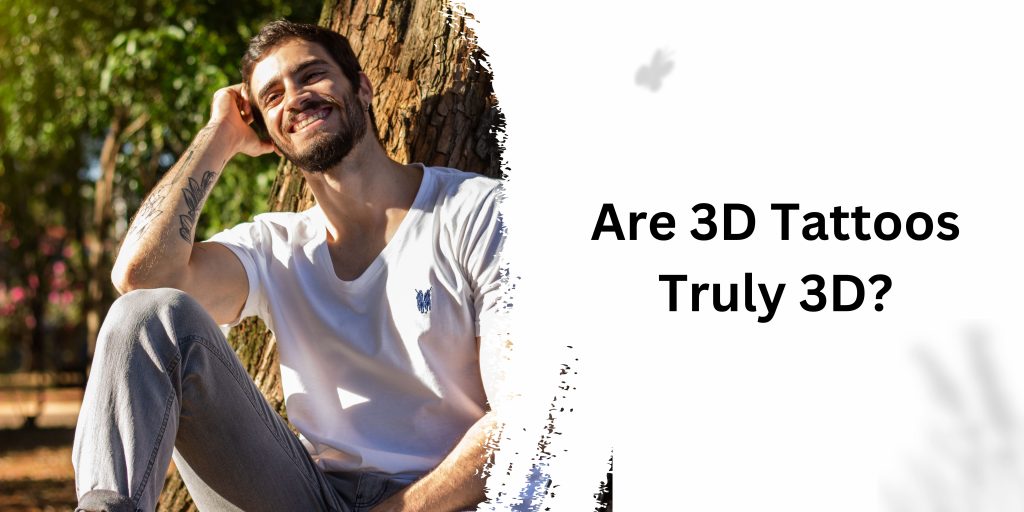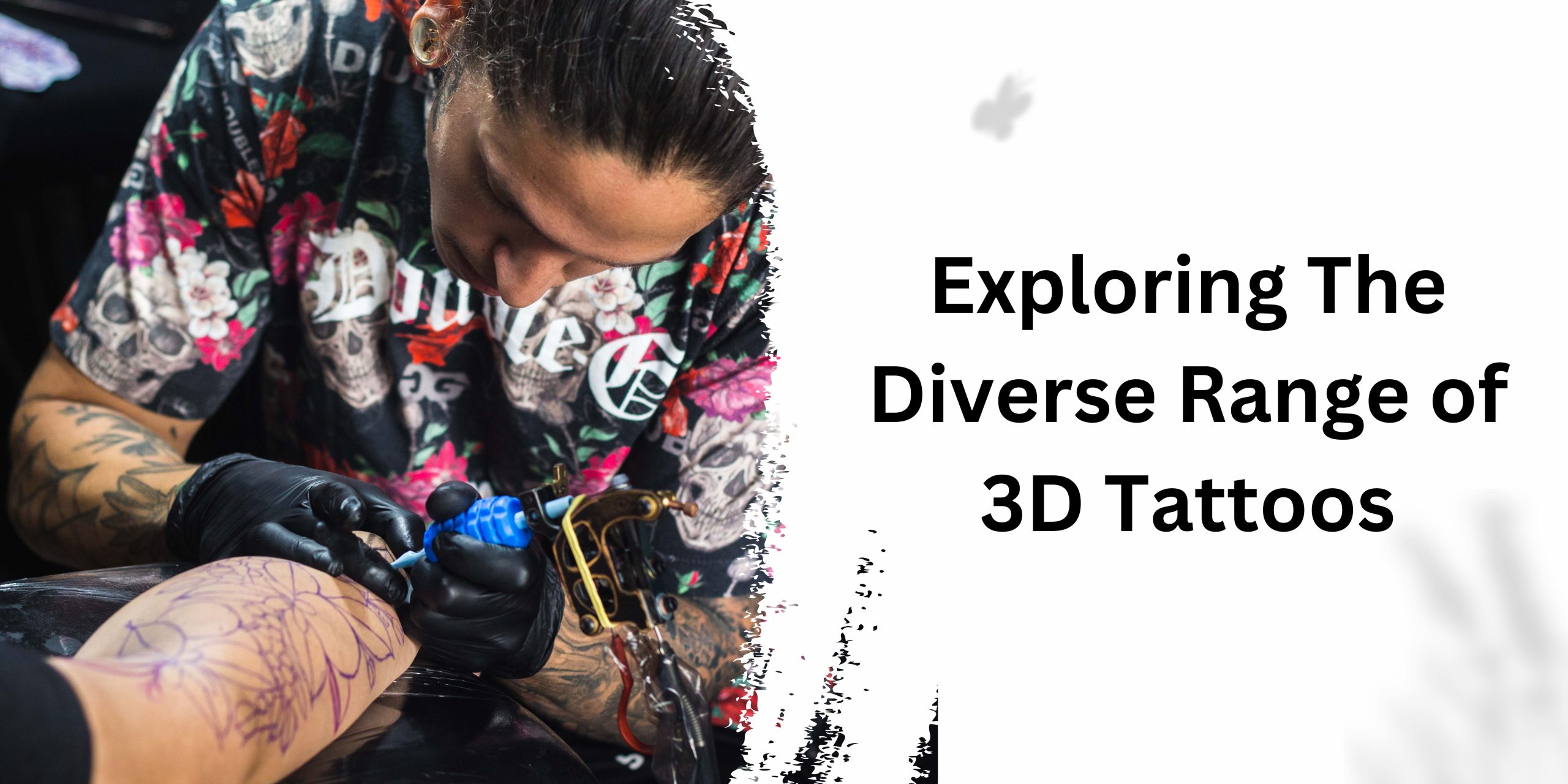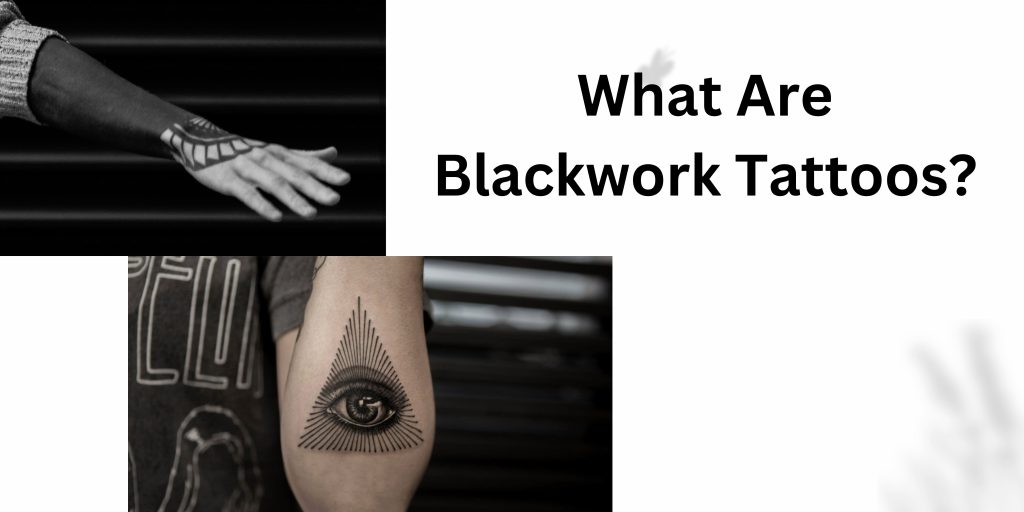Ever wondered about tattoos that seem to leap off the skin, creating a mesmerizing illusion of depth and reality? Welcome to the world of 3D tattoos, a realm where ink transcends two dimensions. Let’s embark on a fascinating journey into exploring the diverse range of 3D tattoos, discovering their history, techniques, and the plethora of design possibilities that await those seeking a truly unique form of self-expression.
A Brief History of 3D Tattoos
In the evolution of body art, 3D tattoos stand as a testament to human creativity. The concept of three-dimensional tattoos gained prominence in the late 20th century when tattoo artists began experimenting with shading and perspective to create optical illusions on the skin canvas. Initially, artists drew inspiration from anaglyphic 3D images, utilizing red and blue ink to simulate depth. As technology advanced, so did the intricacy of 3D tattoo designs, pushing the boundaries of what was once deemed impossible.
Are 3D Tattoos Truly 3D?
Contrary to the name, 3D tattoos do not physically protrude from the skin. Instead, they employ clever shading, perspective, and artistic techniques to give the illusion of depth. When executed skillfully, these tattoos trick the eye into perceiving a third dimension, making the design appear lifelike and dynamic. It’s not just about the image; it’s about the visual storytelling that unfolds on the body, creating a conversation starter and a captivating piece of art.

The Technique Behind 3D Tattoos
Creating a convincing 3D tattoo requires a mastery of shading and perspective. Tattoo artists use a combination of light and shadow to simulate depth, giving the impression that the tattoo is popping out or receding into the skin. The technique often involves a meticulous study of the body’s contours, ensuring that the design harmonizes with the natural curves and angles. It’s a delicate dance between the artist’s vision and the canvas they work on – your body.
Design Considerations When Getting a 3D Tattoo
Choosing the right design for your 3D tattoo is crucial to achieving a stunning effect. Consider elements that resonate with you – from realistic portraits to fantastical creatures. The success of a 3D tattoo also hinges on its placement; certain designs may complement specific body parts better. Discuss your ideas with a skilled artist who can offer insights into what will work best for your vision and anatomy, ensuring a harmonious fusion of art and body.
Ideas For Your Next 3D Tattoo
Now, let’s delve into the exciting realm of possibilities for your next 3D tattoo. Imagine a butterfly seemingly ready to take flight from your shoulder, or a captivating celestial scene gracing your back. From optical illusions to lifelike animal portraits, the choices are as vast as your imagination. Embrace the surreal with floating objects, shattered glass effects, or even mind-bending Escher-inspired designs. Your body becomes a living canvas, waiting for the magic of 3D ink to bring it to life.
Thinking about getting a 3D tattoo of a blooming rose? Picture petals delicately unfurling as if touched by a gentle breeze. Dreaming of a cosmic masterpiece? Envision planets orbiting your forearm in a cosmic dance. The key is to collaborate closely with your chosen artist, sharing your ideas and letting their expertise guide the transformation from concept to breathtaking reality.
Summary
3D ink stands out as a captivating fusion of art and illusion. From its humble origins to the intricate techniques that make it possible, the journey through the diverse world of 3D tattoos is nothing short of mesmerizing. As you consider your next inked masterpiece, remember that the canvas is not only your skin but a portal for artistic expression that transcends the ordinary. i hope you understand exploring the diverse range of 3D tattoos







